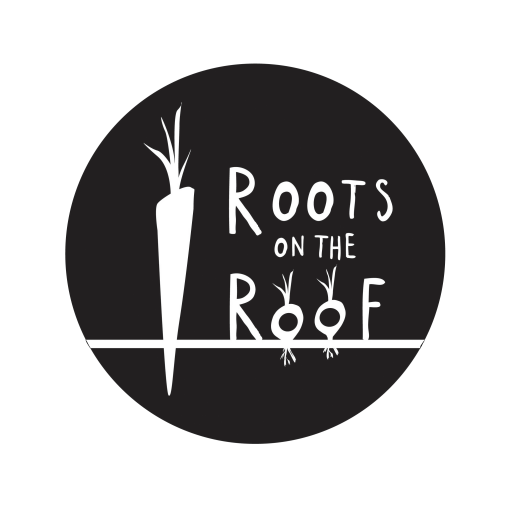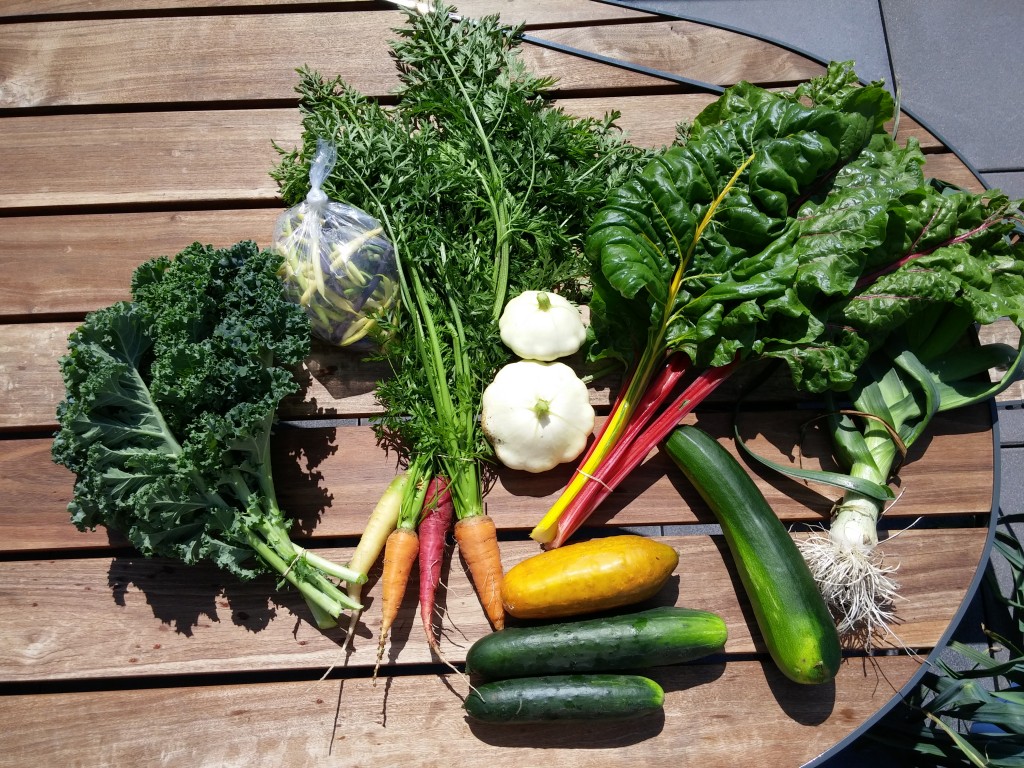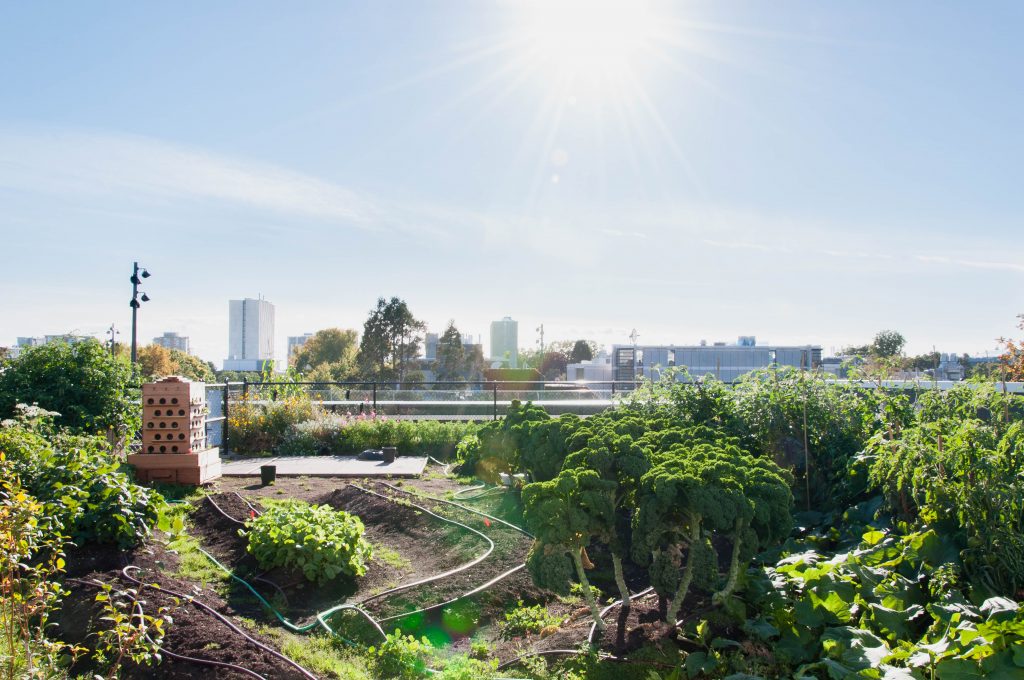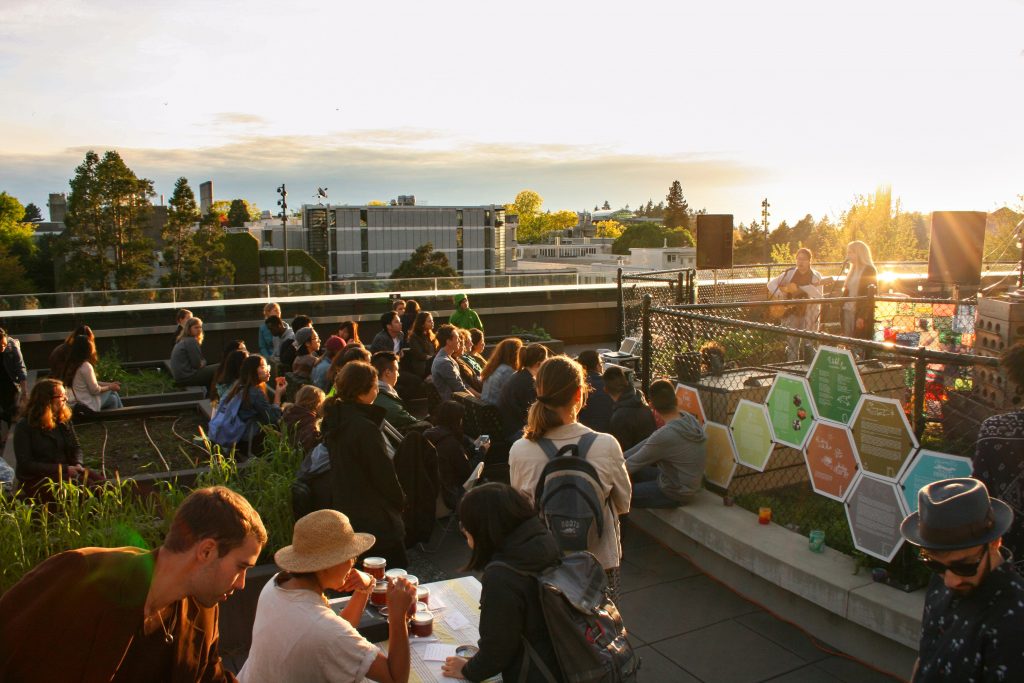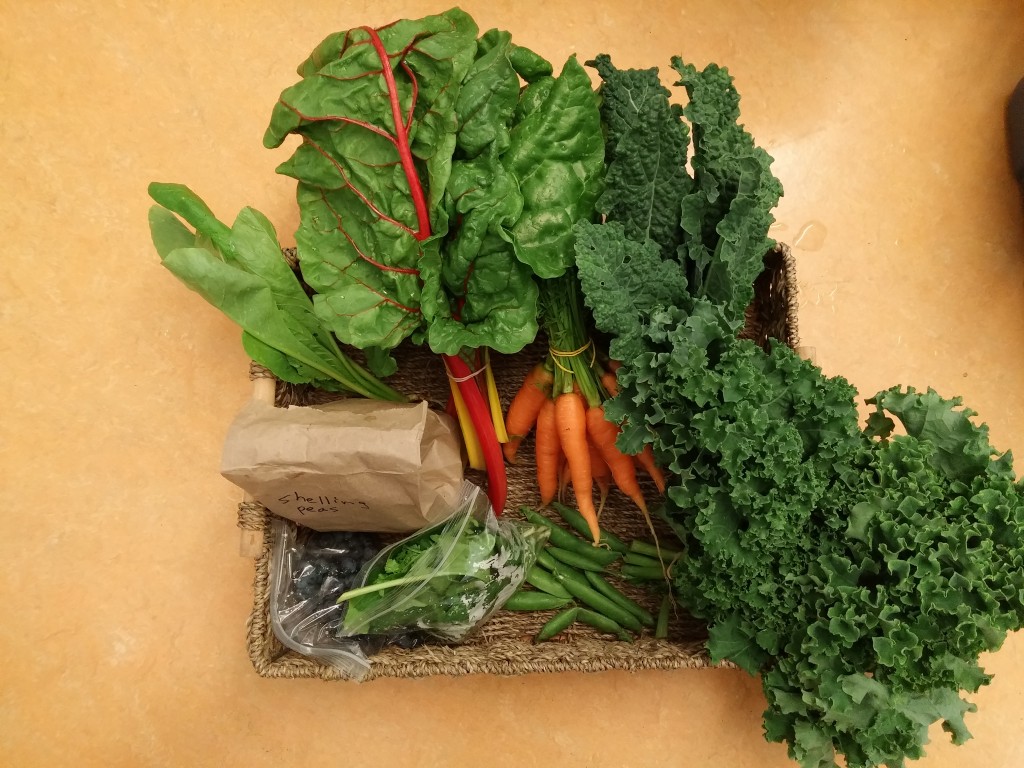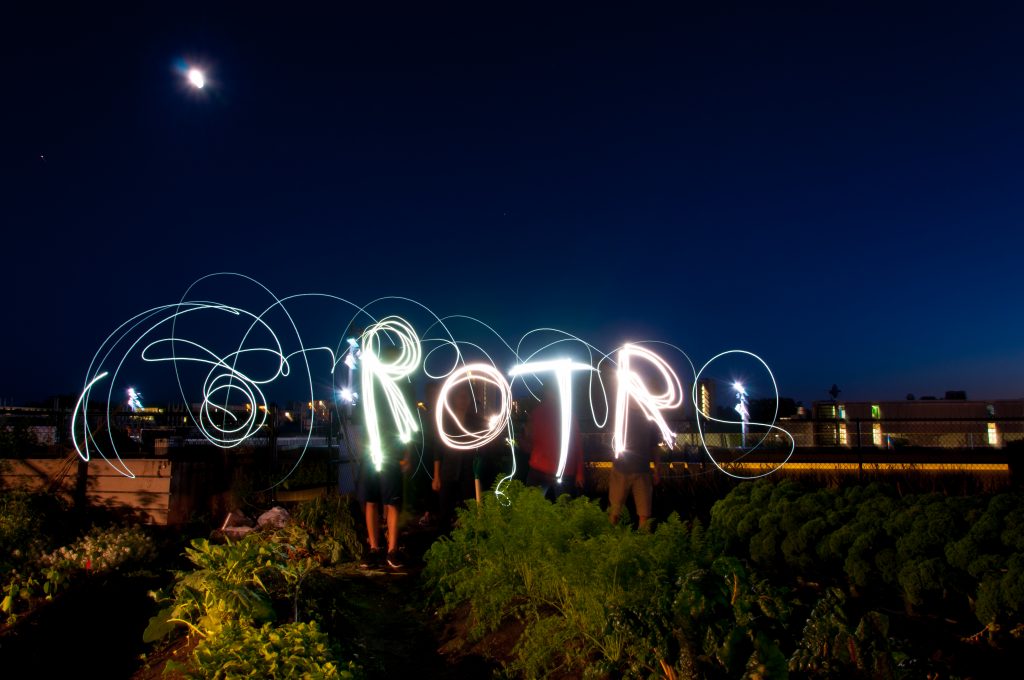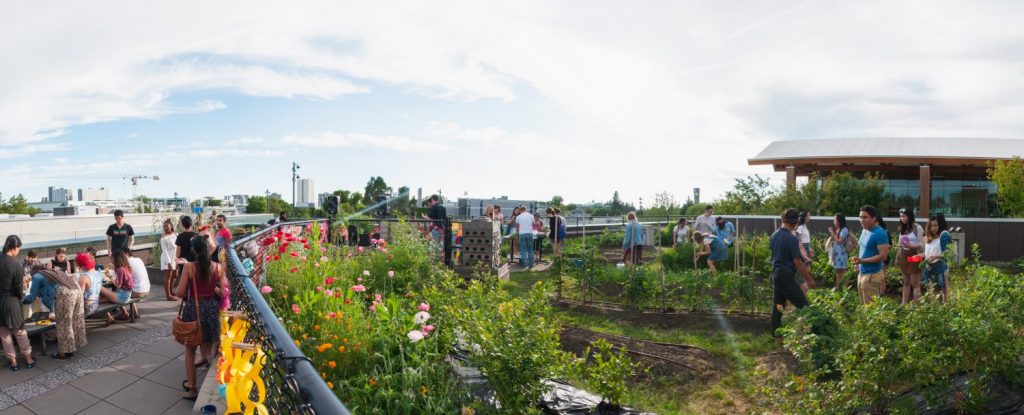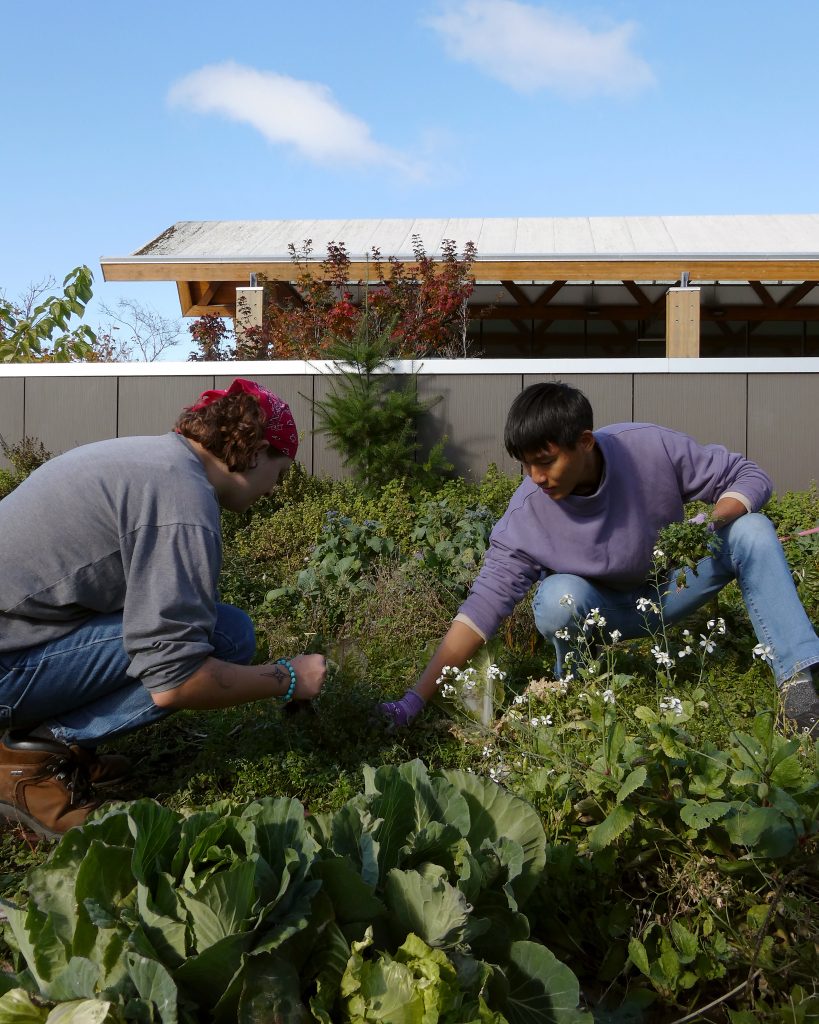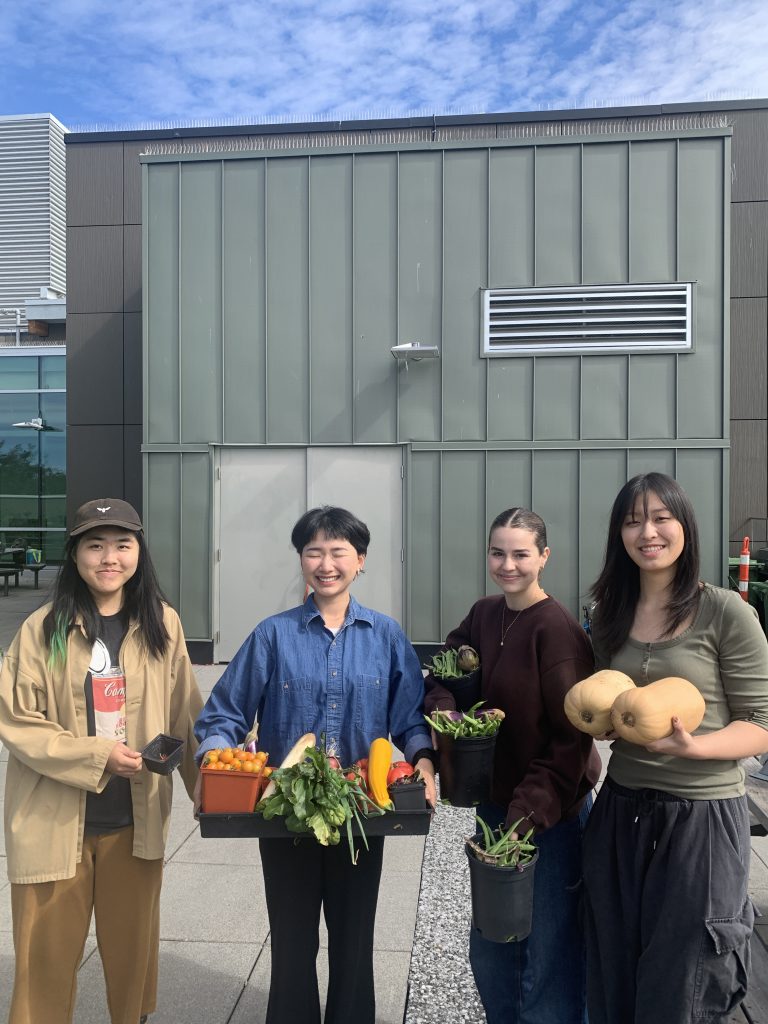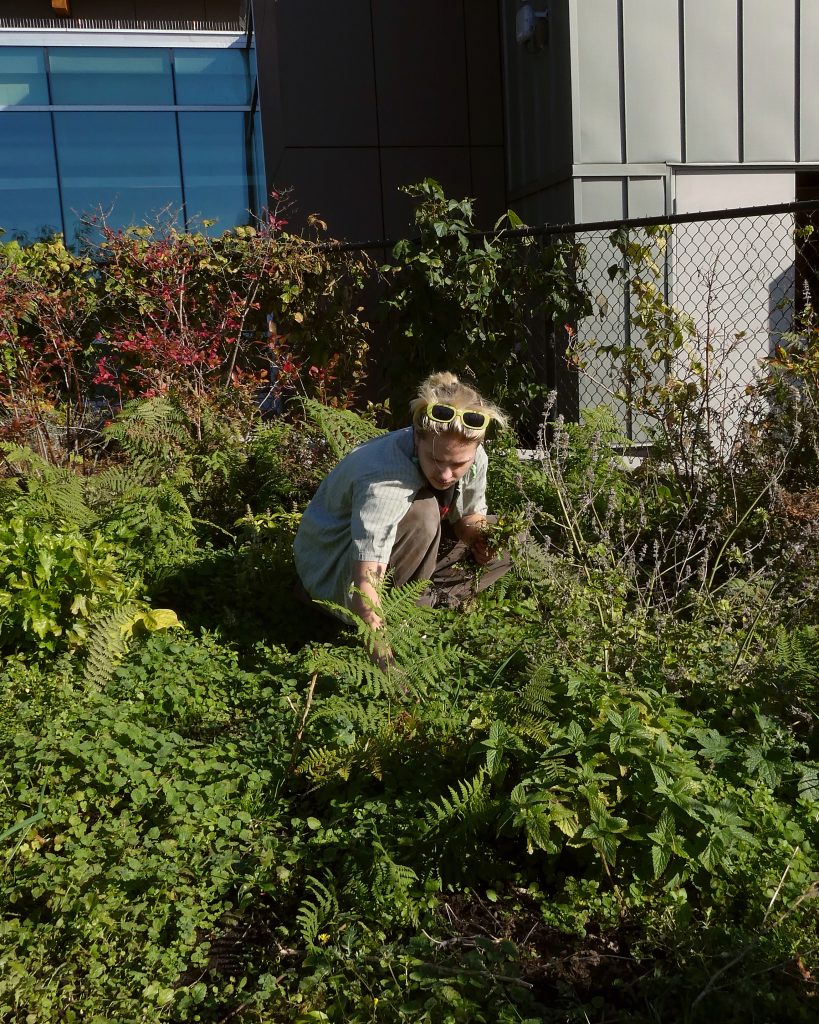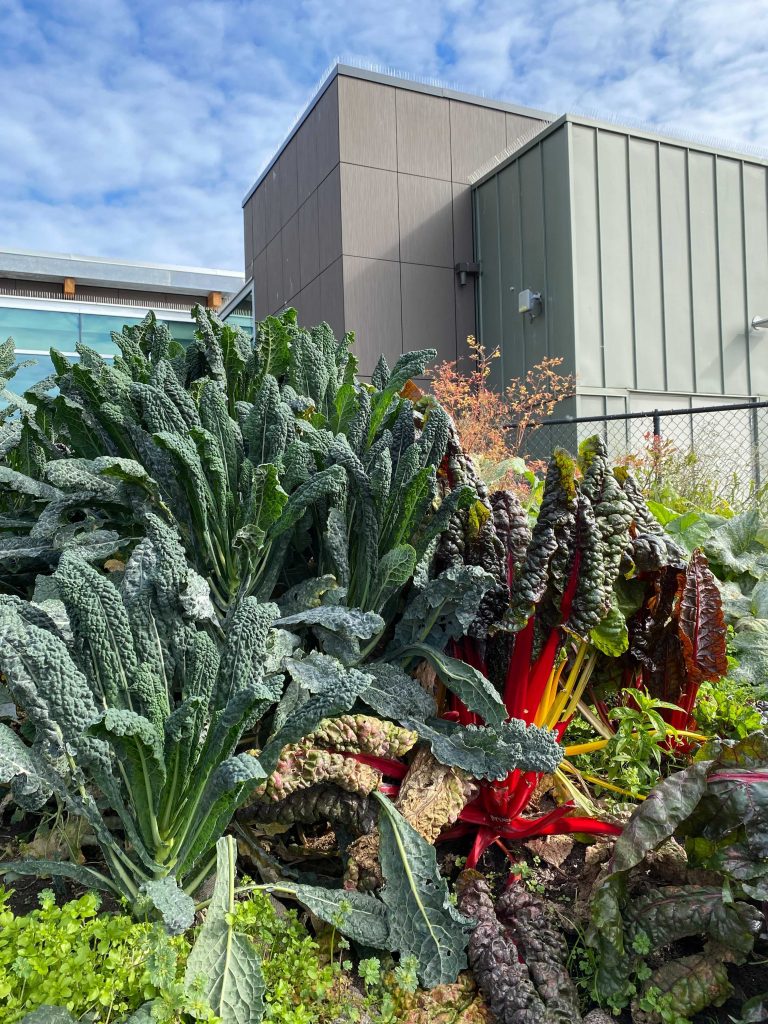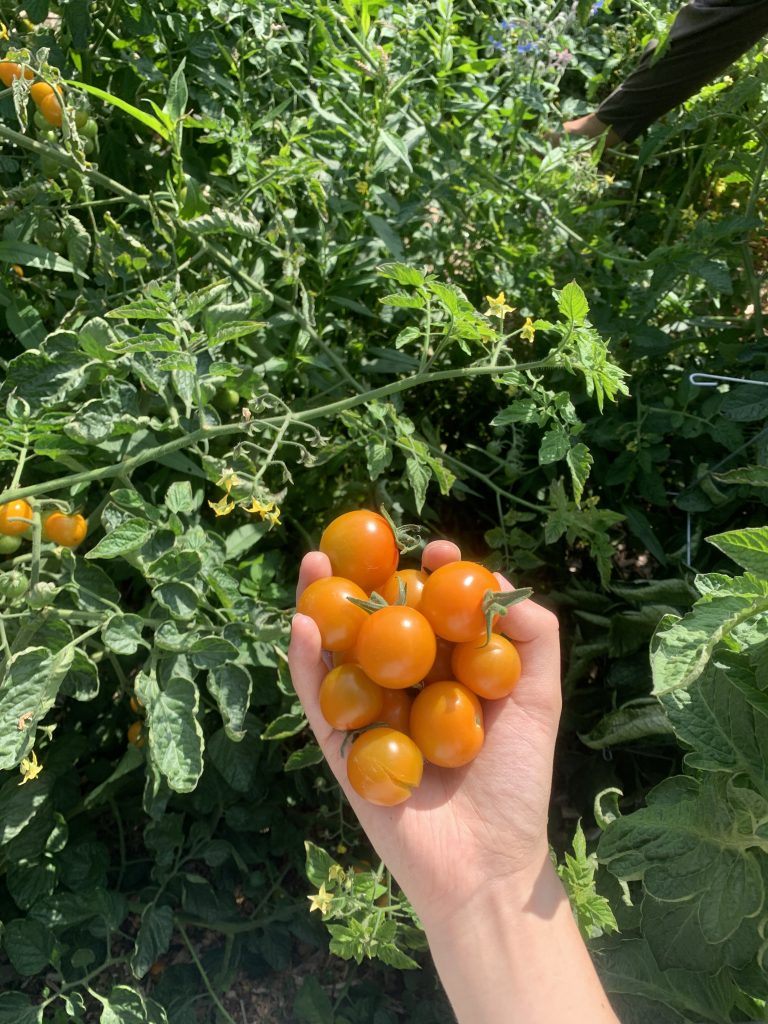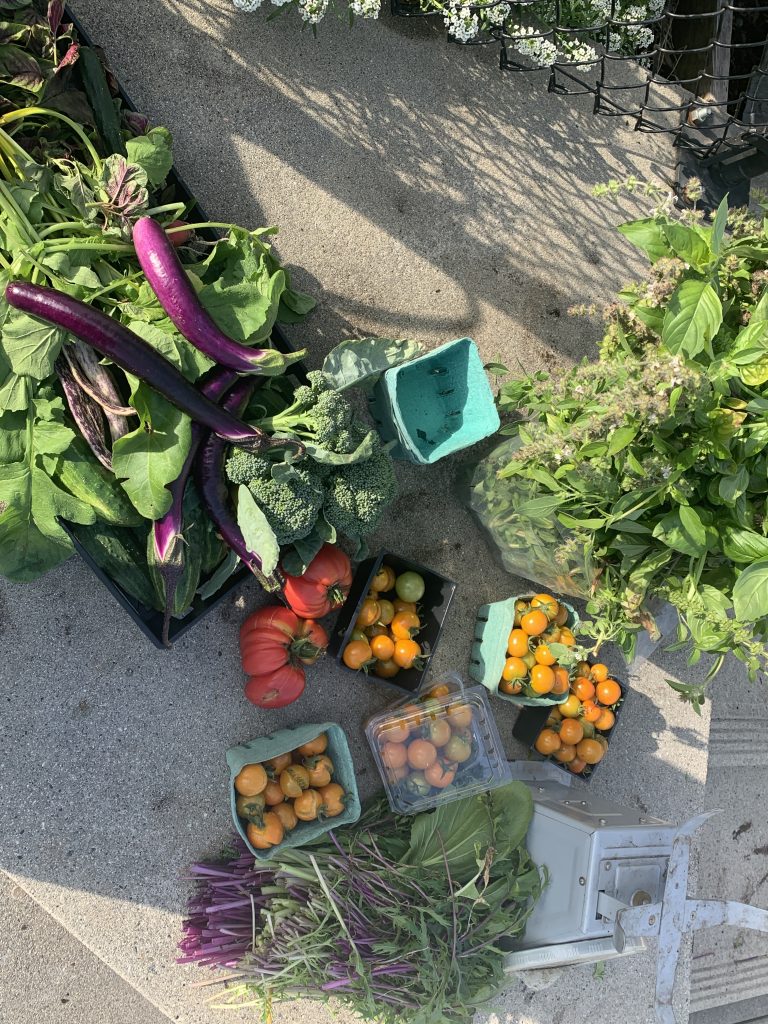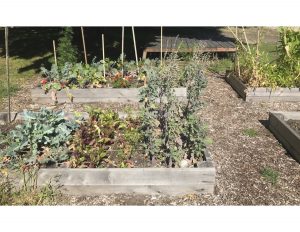There are different types of rooftop garden, each with their own pros and cons. The one that works best for you will depend on your goals and the amount of weight your roof can support, so we’ll break it down here:
Raised beds typically make the most sense for growing vegetables on a rooftop because it’s easy to build and maintain yourself, while still being a long lasting structure. Use untreated planks of cedar wood to build a frame, put a tarp at the bottom to make a barrier between the soil and the roofing material, then add at least 10 inches of planting medium. Make sure to keep the roof’s weight baring limit in mind when making your plans. Potting soil is your best bet because it’s generally lighter than normal soil and won’t compact over time.
Container grown plants are the easiest and least permanent method, and a good place to start. As always, consider the weight bearing capacity, but this option puts the least amount of stress on the roof and is a good choice for balconies or awkward amounts of space. Simply find containers and fill them with potting soil. Choose wood planters (EarthBoxes is a good brand) over heavy materials like clay or concrete, and aim for square based containers rather than V shaped top heavy containers that may blow over in the wind. Make sure to put a dish, tarp, or some buffer between your containers and the roof to allow them to drain without deteriorating the roof material. Reused materials, like children’s wading pools, plastic buckets, dresser drawers, or old coffee cans with holes drilled in the bottom for drainage are often good options too.
Intensive green roofs are made by covering the surface of the roof with at least a foot of soil, and usually involve a serious irrigation system. This style will create the experience of a traditional garden and can support large, complex plants like bushes and small trees, as well as vegetables. The downside is that it can weigh over 45kg (100lbs) per square foot, and will likely require a professional company for installation, or at least a structural engineer or architect to make sure your plans won’t lead to a caved roof.
The extensive green roof is a good alternative to the regular green roof if you like the look of a fully covered roof but aren’t up for the extra planning. An extensive green roof only has three to six inches of soil and does not require an irrigation system. These are also a great choice because they will absorb run off from storms that would otherwise be taxing city sewer systems and damaging water ways. In the summer, they keep the building from overheating, which lowers the cost of cooling and the urban heat island effect. These roofs look great and are easily manageable, but they won’t support most vegetables or larger plants. Small, low growing plants such as succulents, grasses, and strawberries typically do well on extensive green roofs.
